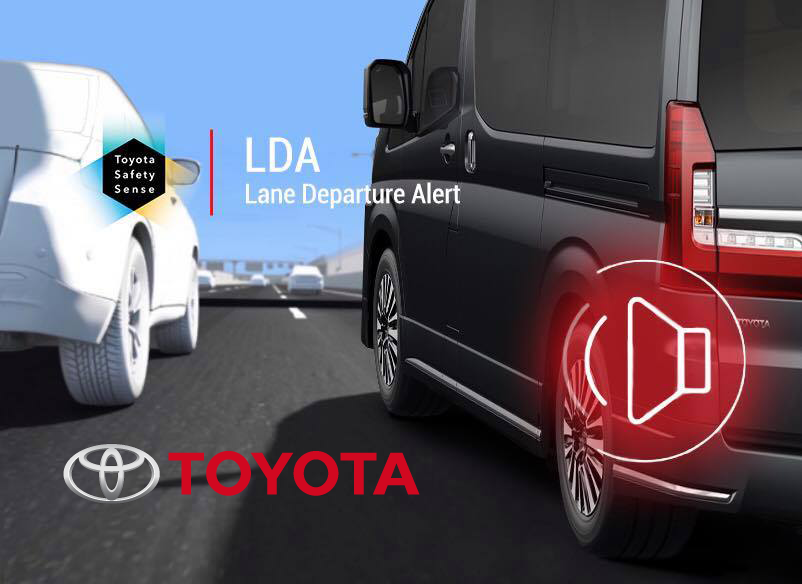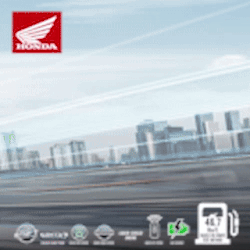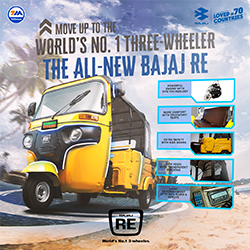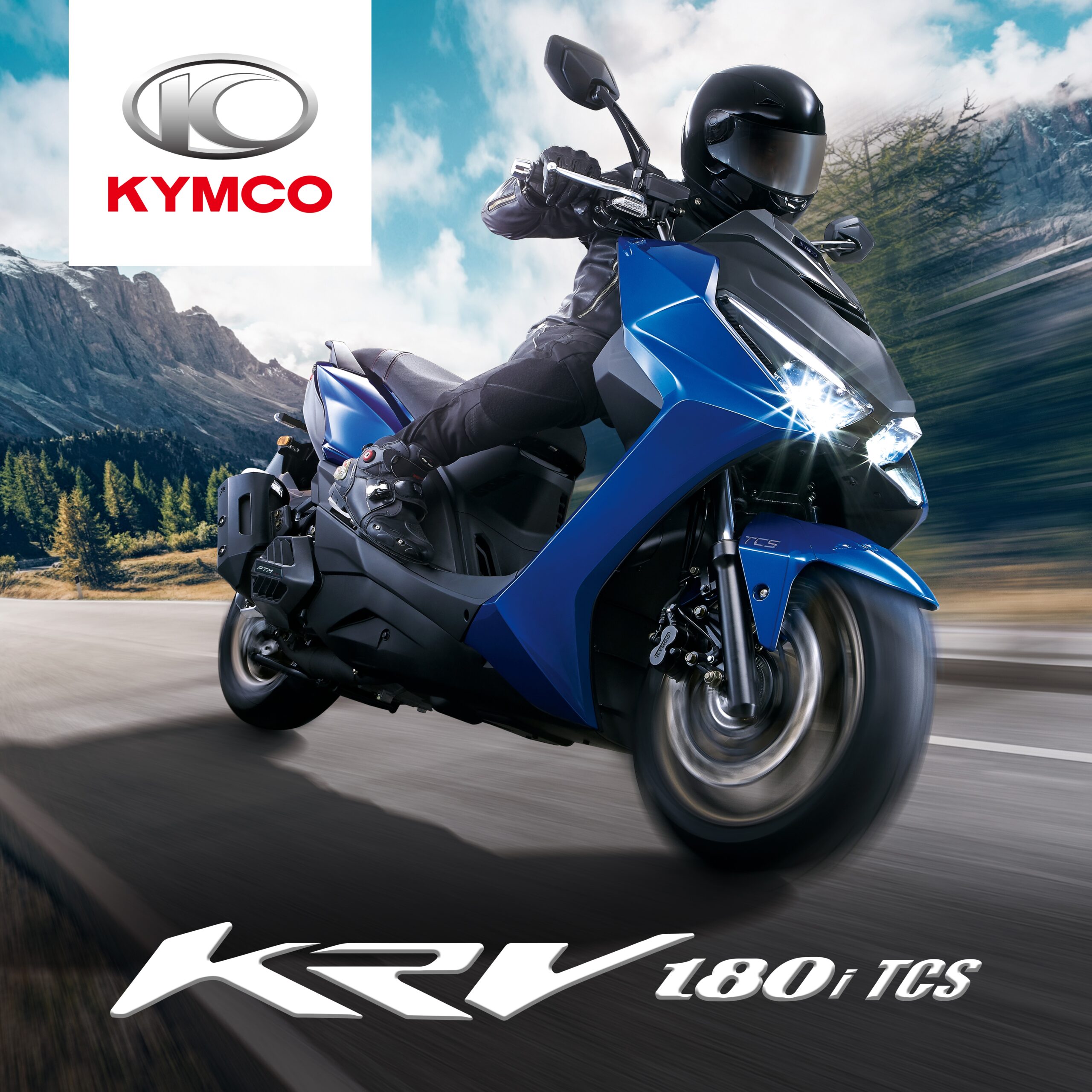Toyota Safety Sense: Humans and Machines Working Together for Safer Driving

According to the World Health Organization Global Status Report, road accident statistics in the Philippines has constantly increased since 2016. A number of accidents have resulted in injuries or deaths, some of which could have been avoided if motorists are taking extra safety measures.
This is why various institutions, road safety advocates, and other groups have been actively campaigning to make our roads safer through better driving habits, mindfulness and awareness. Aside from encouraging our motorists to adhere to existing road safety management
laws and programs, modern automotive research and development have also made advances in building cars with built-in features that can help protect the drivers and passengers from harm.
For leading mobility company Toyota, safety features are just as essential to the car as any other advanced functional technologies. That is why it the company is set to actively rollout its proprietary Toyota Safety Sense (TSS).
In addition to the passive safety features which we are already familiar with such as the vehicle’s impact absorbing structure, seatbelts, and number of airbags, TSS incorporates active safety features which identify factors that may cause accidents and aid the driver in eliminating these factors
Some of the features available under TSS are Pre-collision System (PCS), Adaptive Cruise Control (ACC), Lane Departure Alert (LDA), and Automatic High Beam (AHB).

Pre-collision System (PCS) – detects the possibility of a collision using various sensors and reacts accordingly, also taking into consideration the countermeasures taken by the driver. Upon detection of a possibility of collision, the driver will be warned with beeps and visual warnings. When the possibility of a collision is higher and the driver applies brakes, the brake assist system will apply additional pressure to the brakes as needed. When an even greater possibility of collision is detected and the driver did not apply brakes, automatic brakes will be activated to prevent the collision.

Adaptive Cruise Control (ACC) – when driving at cruise control, the vehicle drives at constant preset speed and will adjust within the set cruise speed upon detection of another vehicle in front to maintain appropriate distance.

Lane Departure Alert (LDA) – detects driving lanes and alerts driver when the vehicle departs from its designated lane. This feature operates at a vehicle speed of more than 50km/h, with a road width of more than approximately 3.0m.

Automatic High Beam (AHB) – while the headlight’s high beam setting is in use, the system automatically switches to low beam upon detection of vehicles at a certain distance in front or incoming vehicles on the opposite lane. The system will return to the high beam setting once the vehicle in front is at an appropriate distance or the incoming vehicle has passed.
These features fall under certain classes, with classes and feature variations available in selected new models and variants globally. With safety as Toyota Motor Philippines’ number one priority, select TSS features will soon be made available with the all-new Hiace Super Grandia Elite. More models will soon carry TSS’ active safety features that can give Filipino motorists and their families peace of mind, further supporting ever better lives through ever better cars.
Ultimately, the driver is still responsible for the vehicle. TSS features function under certain driving and road conditions and should only serve as support to the driver. TSS coupled with mindfulness and heightened safety awareness will help Toyota users experience the joy of driving, amplified by their car’s promise of quality, durability, reliability, and most importantly, safety.
For more Toyota updates, visit www.toyota.com.ph or check out Toyota’s official social media pages at ToyotaMotorPhilippines (Facebook and Instagram), and @ToyotaMotorPH (Twitter).






















0 comments